The questions on reflexology are many. Many people with debilitating physical conditions can benefit hugely from reflexology treatment. As more and more people are discovering reflexology and how it is helping the people cope with various illnesses, people want to know more and more about reflexology and how it can bring a positive effect to our bodies and minds. The first question that comes to common people’s mind is what is the chief differences between Chinese and Western Reflexology and if there is really some difference at all? Before we unravel what are the benefits of reflexology treatment, we must find out what the differences between Chinese are and Western Reflexology and which one is more beneficial for us.
The Location of the Points
The chief differences between the two kinds of reflexologies are the location of points. The study of its foot charts can reveal certain basic differences like:
- Heart for Chinese reflexology is located below the ball of foot whereas in Western reflexology on the foot.
- Thyroid for Chinese reflexology is located on the ball of foot whereas in Western reflexology is located on the big toe.
- Solar plexus for Chinese Reflexology is located in the center while for western reflexology is located on one side.
- Stomach located on inside edge of both feet for Chinese reflexology. But for Western Reflexology below the ball of the left foot.
- Pancreas is located on inside edge of both feet. Whereas in western reflexology, it is located on the ball of left foot.
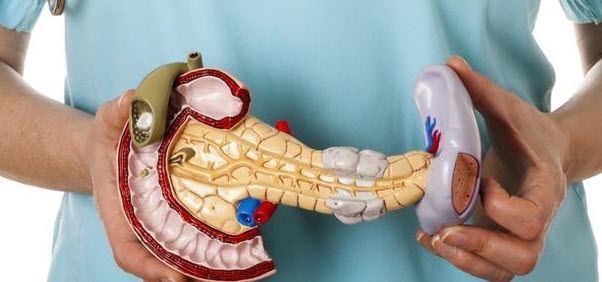
- The spleen is different in shape for both reflexologies.
- In Chinese reflexology liver is located in the outer quadrant of the right foot whereas in Western reflexology it is located in the large area under the ball of the right foot.
- For kidney, it is located in a higher position and is larger for Chinese position whereas in the western reflexology it is smaller in comparison.
- Adrenal is located directly above kidney in Chinese Reflexology whereas it is diagonally located above the kidney.
- In Chinese reflexology, bladder it is smaller in comparison to the one in western reflexology.
- The sciatic nerve is located on the edge of the calf for Chinese reflexology whereas in Western Reflexology it is located on the heel of the foot.
- The uterus and prostrate and the ovary and the testes are located in a large area in Chinese reflexology and a smaller area in Western Reflexology.
Intensity of Massage
In western reflexology, the intensity of the massage is very gentle and is within the boundary of the comfort zone of the patient while it is the opposite in the case the Chinese reflexology. The practitioner ensures that when they find the point where the patient is hurting most, they would apply more pressure and continue to do so till they find the “Qi” flowing in the body with the right intensity. Whereas it can be a painful experience for the patient it also heals more quickly.
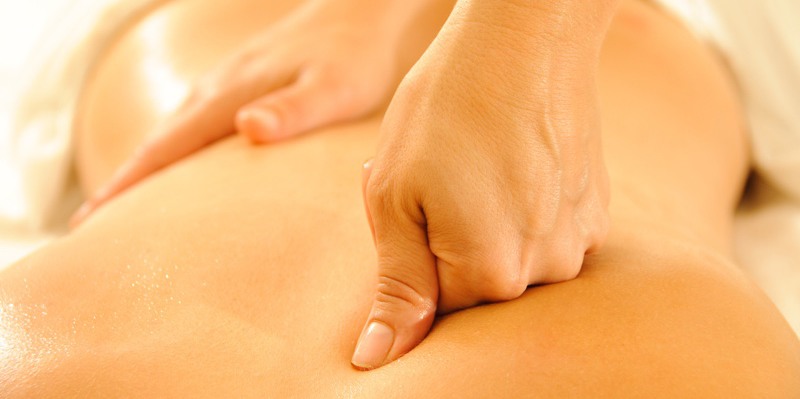
Western vs. Chinese Reflexology
In Western Reflexology, the whole body is divided into ten zones based on Zone Theory originated by Dr. William H Fitzgerald who propagated that the foot is divided equally into ten zones corresponding to the zones in the body. Traditional Chinese Reflexology divided the body into twelve energy meridians. The feet contain the controlling button, kneading on them can bring about a change in the flow of the energy in the entire body. When the flow of “Qi” is blocked the entire body suffers so manipulating those points and releasing the flow of energy could help the body relax and recuperate and heal by itself.
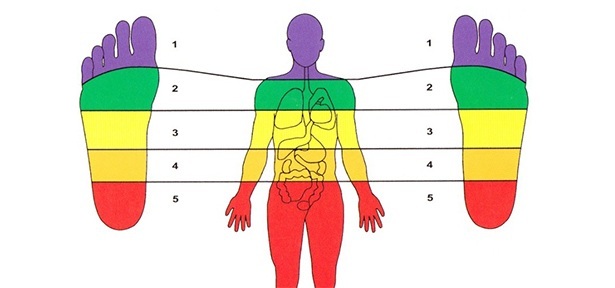
Tools and its Usage
The tools are used in Chinese reflexology when a small wooden stick is used to roll beneath the feet and the pressure of the tools is quite intense in comparison to the use of hands and knuckles in Western reflexology. The pressure of the tools helps to feel the grains underlying the skin of the feet. These grains can be felt well with the help of that stick rather than the gentle pressing of the hands. Chinese foot reflexology can be best followed by using this tool.
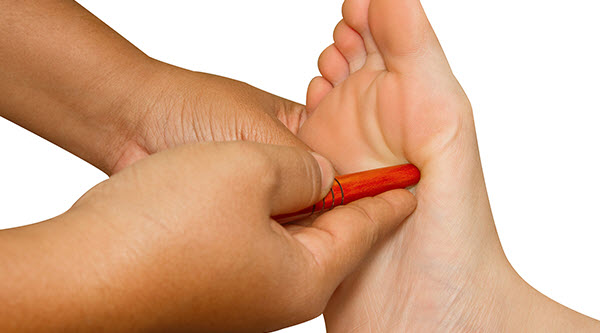
Which Course of Treatment to Follow
The western reflexology is popular and is found in places like England, Australia, Canada and the United States of America. Whereas the Chinese kind of reflexology is found in Taiwan and China. Western kind of reflexology is found easily whereas in the Chinese kind of reflexology is not easily found as Chinese Reflexology is a closely guarded secret which is passed on to worthy students and family members. There is a certain dedication to the whole treatment and the treatment still follows traditional norms and systems.
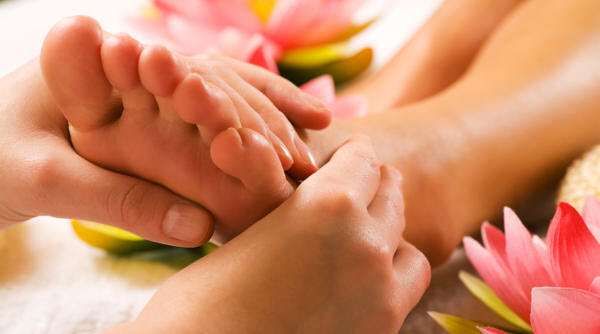
If you want to follow the Chinese Reflexology or Western Reflexology treatment it’s best you find a practitioner who knows the ins and outs of the treatment and only then you would benefit from the reflexology treatment.
Frequently Asked Questions:
What are the benefits of Chinese foot massage?
This practice aims to promote relaxation, reduce stress, and improve overall well-being by applying pressure to specific points on the feet. Benefits include stress relief, enhanced circulation, potential pain relief, improved sleep, and a boost in energy flow throughout the body.
What is traditional Chinese medicine massage?
Traditional Chinese Medicine (TCM) massage is a holistic practice deeply rooted in ancient Chinese healing traditions. It encompasses a range of techniques like Tui Na, acupressure, cupping, and Gua Sha. By focusing on specific points and meridians, TCM massage aims to restore balance, enhance energy flow, and alleviate tension within the body.
What is a modern Chinese massage called?
A modern adaptation of traditional Chinese massage is often called Tui Na. Tui Na incorporates various hands-on techniques, acupressure, and manipulations to address specific issues within the body, promoting relaxation and overall well-being.
What are the benefits of Chinese therapy?
Chinese therapy, encompassing practices like acupuncture, herbal medicine, and Tui Na massage, offers diverse benefits. It aids in pain relief, reduces stress, and enhances overall well-being by balancing the body’s energy.

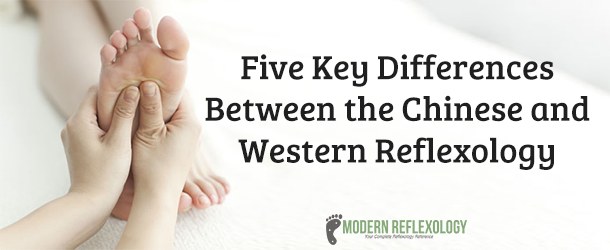
Comments are closed